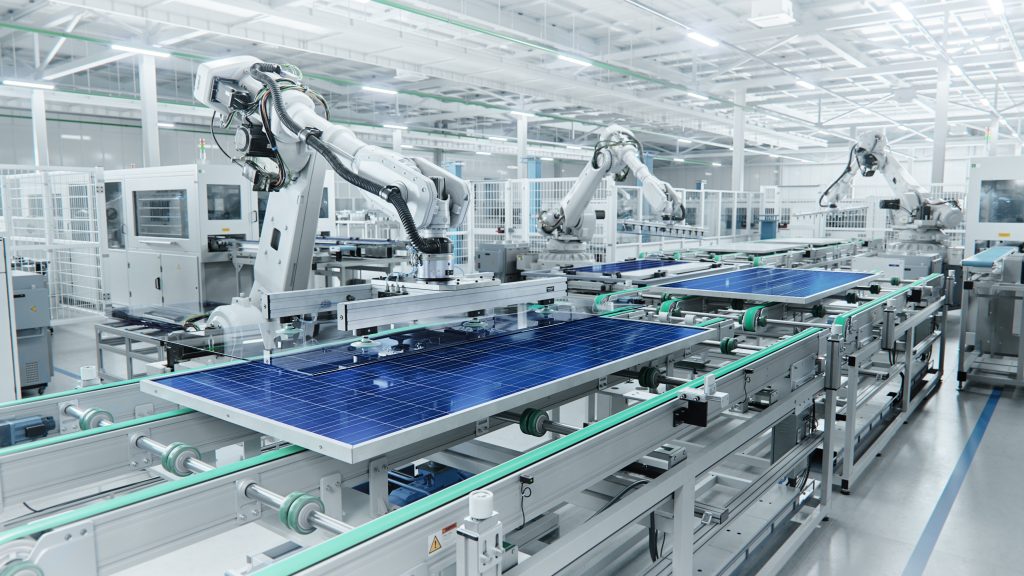In Jeddah, a significant advancement has been made by researchers at the King Abdullah University of Science and Technology (KAUST), who have presented a strategic blueprint for commercializing perovskite/silicon tandem solar cells. This innovation holds the potential to fuel a future with widespread access to affordable, clean energy.
This breakthrough is credited to the collaborative efforts led by Professor Stefaan De Wolf and the KAUST Solar Center. Their research aligns with Saudi Arabia’s vision to enhance solar energy solutions. A statement from KAUST highlighted the team’s objective to elevate solar energy efficiency to new heights.
The tandem cell technology merges perovskite’s superior light absorption capabilities with the robust stability of silicon, culminating in unprecedented energy conversion efficiency. The De Wolf lab has contributed significantly to this field, achieving two global records for energy conversion efficiency in 2023, indicative of the swift advancements being made in this technology.
Yet, the journey from laboratory achievements to practical applications is complex and demands strategic planning.
Challenges identified in the KAUST statement include adapting to real-world environmental factors such as fluctuating temperatures and sunlight levels. The researchers recommend location-specific testing to ensure solar cells are optimized for their intended environments, mirroring the concept of tailored solutions in healthcare.
Another vital factor is the need for accelerated stability testing. Since solar cells are expected to function for several decades, it is imperative to simulate extended wear and tear within a shorter period to understand degradation rates. This data is essential for establishing competitive pricing and warranties.
Current production methods for these solar cells involve expensive materials and potentially hazardous chemicals, which could necessitate stringent safety measures, thereby increasing costs. The KAUST statement suggests different manufacturing models to reduce expenses and enhance safety.
“The perovskite/silicon tandem market is projected to surpass $10 billion in the next ten years,” Professor De Wolf stated. “KAUST is leading this transformative venture, setting the stage for cost-effective, universally accessible clean energy.”
KAUST’s pioneering research in perovskite/silicon tandem photovoltaics is a testament to the institution’s dedication to advancing environmentally friendly technologies that support carbon neutrality and a sustainable future.
